Nyx: Goddess of the Night
For centuries, the enigmatic and powerful Greek goddess Nyx has been the subject of fascination among ancient and modern minds…
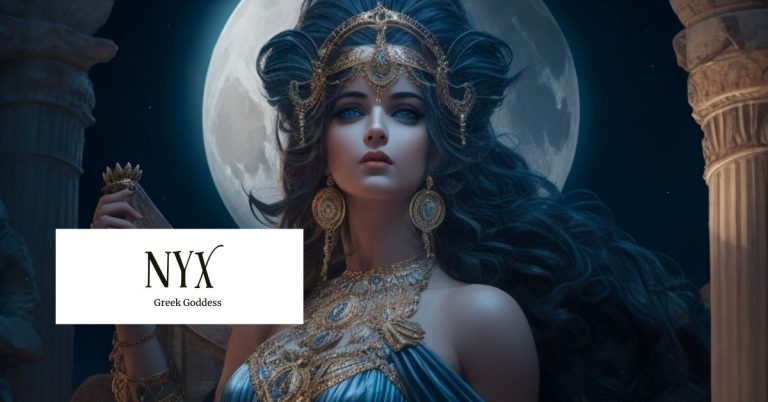
For centuries, the enigmatic and powerful Greek goddess Nyx has been the subject of fascination among ancient and modern minds…
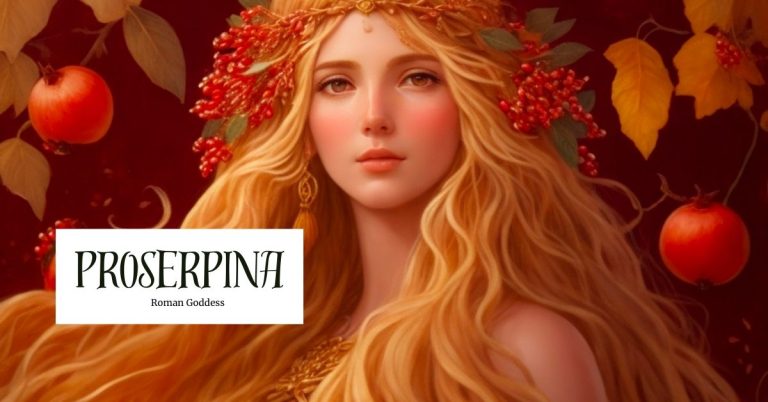
In Roman mythology, the goddess Proserpina, also called Persephone in Greek mythology, carries dominion over the nature of the seasons…
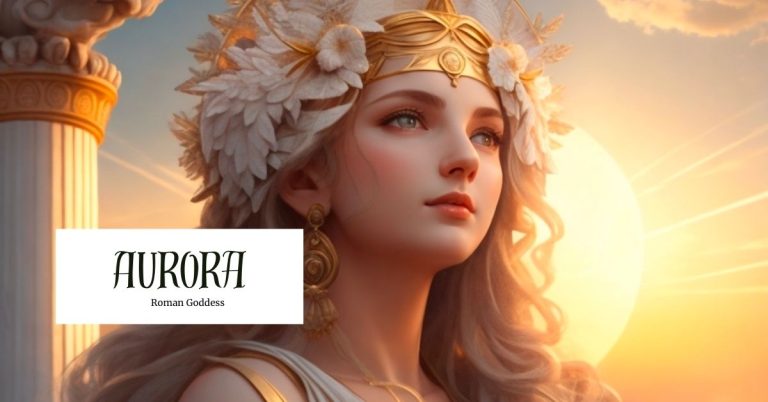
The goddess Aurora has long been revered for her role as the bringer of dawn. In ancient Roman mythology, her…
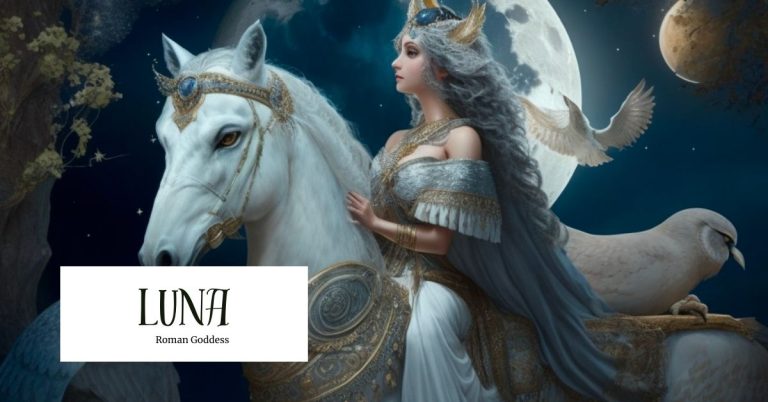
Amidst the intricacies of Roman mythology, the goddess Luna emerges as a radiant and enchanting figure, drawing admiration for her…
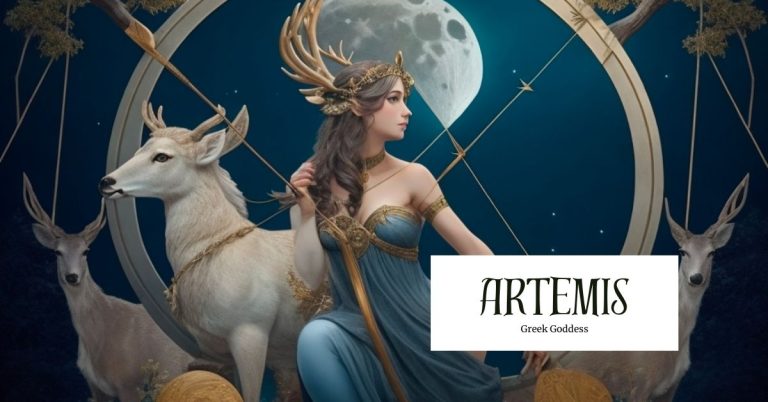
Artemis, the goddess of hunting, nature, and the moon is a fascinating and complex figure in Greek mythology. Known as…

Uksákká is a midwife deity whose role revolves around protection, specifically of the newborn babies she helps bring into the…
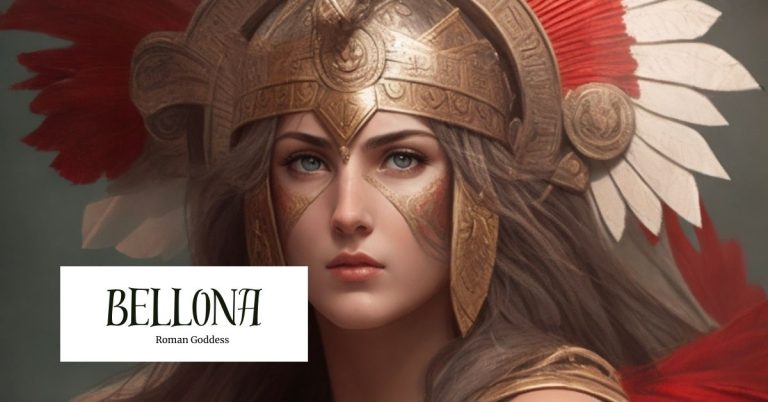
The Goddess of War, Bellona, holds a commanding and unyielding presence in Roman mythology, embodying the essence of war and…

Deeply ingrained in the hearts and minds of the ancient Romans was Fortuna, the goddess of destiny, luck, and fate….
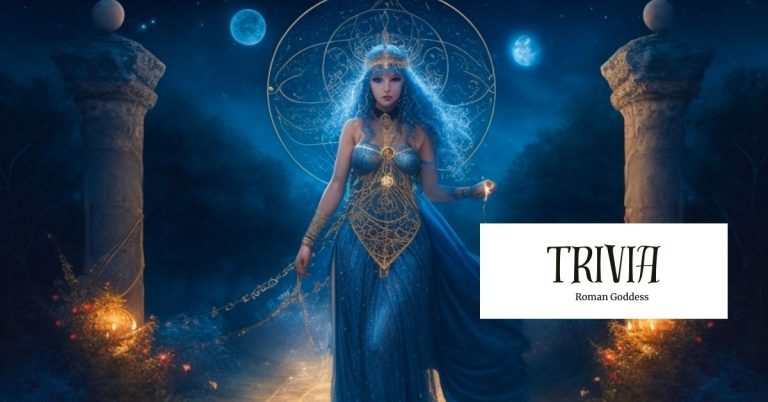
Within the extensive tapestry of Roman mythology exists a deity of unparalleled complexity and fascination known as Trivia. This mysterious…
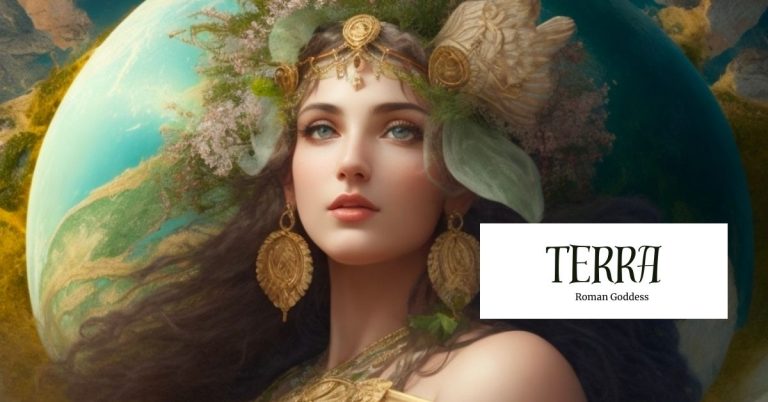
Terra, the Roman goddess of the Earth, represents a captivating and transcendent presence within Roman mythology. Symbolizing the profound connection…